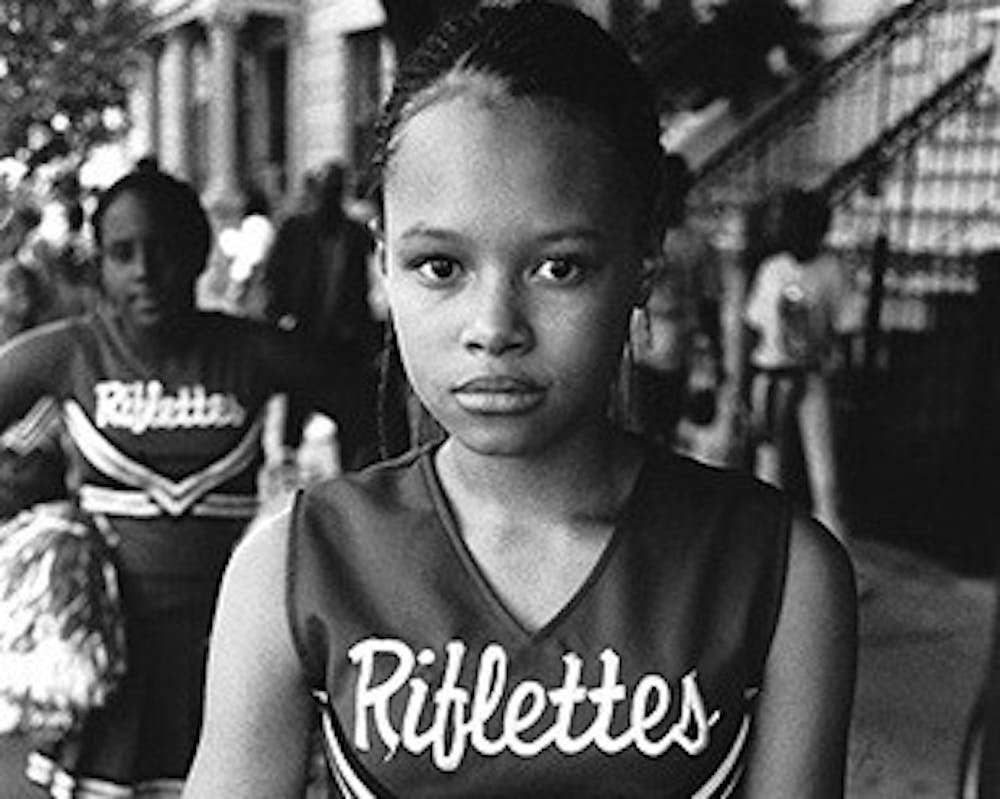Stein explained that his passion for photography began in Germany in the late sixties
. While in the army, he passed the time by shooting pictures and developing film. Although he tried many forms of art while he was an undergraduate at Carnegie Melon University, Stein had a natural inclination towards photography.
After his time in the army, Stein moved to New York to pursue a business degree. Even after receiving his degree, he kept taking pictures and took advantage of the wealth of interesting material on the streets of New York. In 1979, he decided to quit his day job and become a full-time street photographer. He remarked that it “gets harder as you go on,” but only because he has continued pushing his creative boundaries to portray the personality of his subjects in unique and powerful ways.
In 2011, Stein published his book of photographs entitled "Coney Island: 40 Years." It contained pictures of people in Coney Island from 1970 to 2010. Stein says he was drawn to Coney Island after taking pictures of a parade there. He was inspired by the impassioned eccentricity of the people of Coney Island and kept going back to try to capture it.
The release of this work caught the attention of the Duke Center for Documentary Studies, and last year they had Stein come talk about his work and offer a workshop to teach his technique. Marc Maximov, Continuing Education Coordinator, remarked that the workshop was a “huge success,” and he’s excited for Mr. Stein’s return this year as he presents his new work, "Harlem Street Portraits."
This new book of photographs captures the lives of residents of Harlem from 1990 to 2012. Stein uses many of the same techniques he used to capture Coney Island. Characteristics of Stein’s work include black-and-white coloring, portrait-style and personable perspective. He emphasized that “sometimes we get lost in the color,” and prefers black-and-white photography to give his work a gritty, down-to-earth quality. When asked why he prefers portrait photos to candid ones, Stein remarked that he “enjoys the interactions” he makes with the people to set up the shot. He explained that these five-to-ten minute conversations really help you to “get out of your little shell.” In talking with his subjects, Stein honors any decisions they make about how they want to be photographed. This aspect of his photography helps create a connection between the photographer and the subject, and transitively between the subject and the viewer.
When asked why he decided to shoot in Harlem, Stein explained that the people were friendly and “open with their emotions.” On the street there was a bright, cheery, upbeat mood that Stein believed would be worth sharing. He looks forward to bringing this work and his knowledge to Duke, believing that everyone should try out photography.
Along with his Friday talk and book signing, Stein will also lead a workshop this weekend. Stein will lead students through the streets of Durham to take pictures of the people, and a gay pride parade will be its center focus. Maximov remarks on the whole event as an “excellent opportunity” to learn Mr. Stein’s style and become more connected with the people of Durham. The talk and book signing will take place from 6 to 8 p.m. on Friday in the Center for Documentary Studies auditorium.
Throughout "Harlem Street Portraits," Stein’s goal is to capture the spirit of Harlem, and he accomplishes this by connecting with his subjects to make each photograph a kind of collaboration. He translates to the viewer the toughness, vitality and pride of the people of Harlem. In this style, Stein captures the spirit of the people, shares it with others and preserves it for the future.
Get The Chronicle straight to your inbox
Signup for our weekly newsletter. Cancel at any time.

